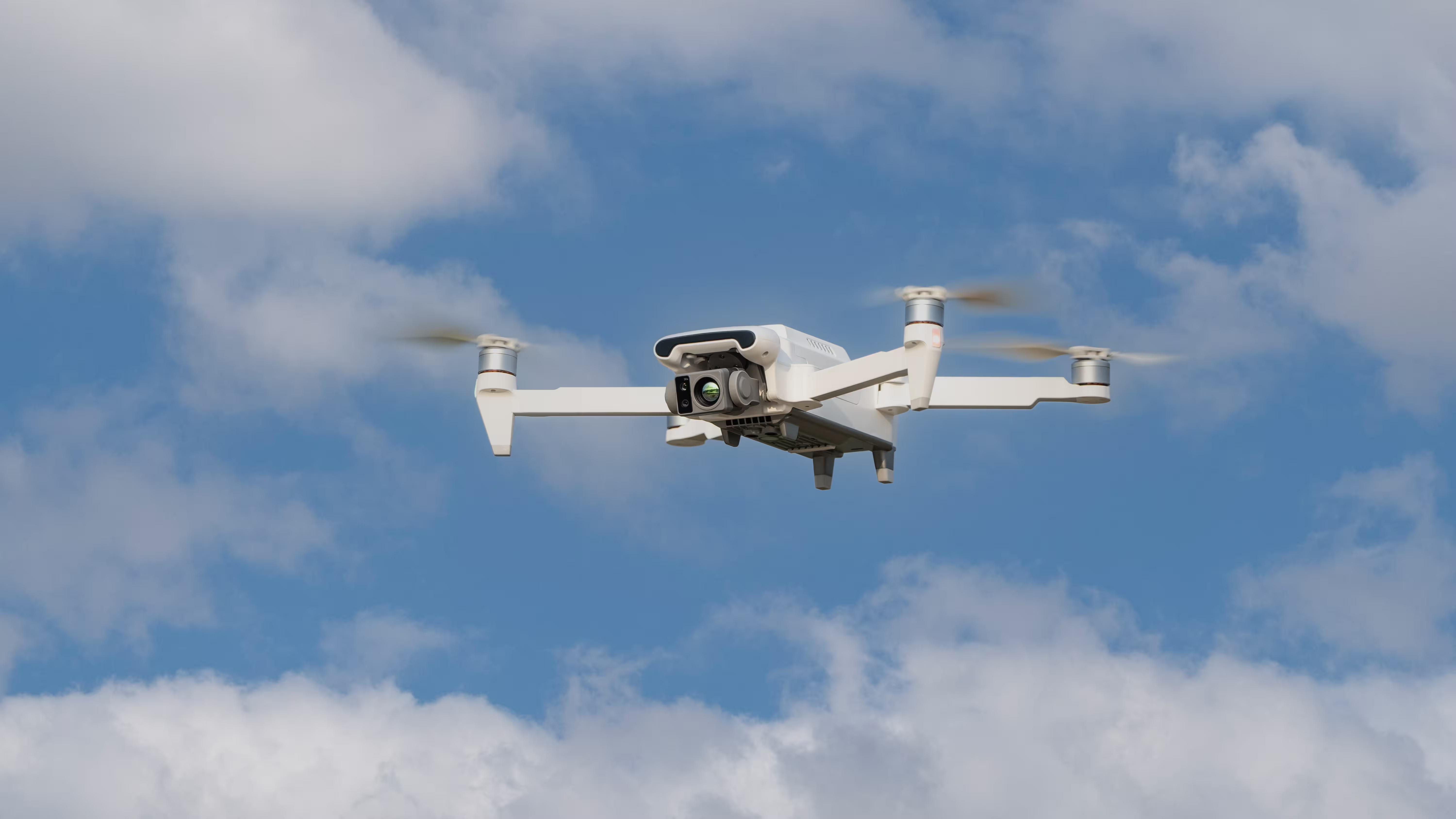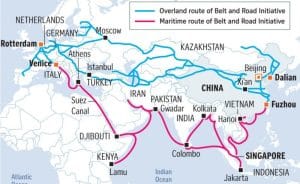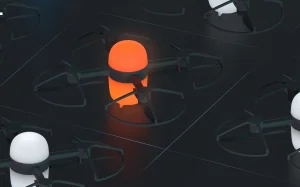From above, the world is rapidly becoming more efficient, safer, and smarter through the adoption of drones.
What began as simple aerial photography tools has evolved into “intelligent aerial robots” reshaping industries across the globe. Today, drones are not only extending the boundaries of what is possible but also redefining how work gets done across infrastructure, energy, public safety, agriculture, logistics, and beyond.
This article provides a comprehensive overview of current drone applications worldwide, supported by real cases and measurable results.
Infrastructure and Energy Inspections: The Industrial Frontier
Drones have become indispensable in infrastructure maintenance, solving challenges of inefficiency, high risk, and blind spots in traditional inspections.
- Power Line & Grid Inspection: Equipped with HD and thermal cameras, drones automatically scan power lines, towers, and insulators, detecting hotspots and damage. Utilities worldwide now achieve over 80% efficiency gains while reducing human climbing risks.
- Oil & Gas Pipeline Monitoring: Covering thousands of kilometers of pipelines, drones detect surface subsidence, encroachment, and potential leaks using multispectral sensors.
- Solar Farm Inspection: Infrared-equipped drones can scan massive photovoltaic fields within hours, quickly identifying hotspots and connection faults, generating instant diagnostic reports.
- Wind Turbine Blade Inspection: Drones capture close-up imagery of cracks or lightning damage without cranes or risky climbs, cutting inspection hazards by up to 90%.
- Bridge & Dam Surveys: Structural assessments are safer and cheaper, with UAV inspections reducing costs by over 50% while providing 3D structural models.
Mapping and 3D Modeling: Digitizing the Physical World
With photogrammetry and LiDAR, drones are revolutionizing geospatial data collection.
- Topographic & Engineering Surveys: UAVs deliver 2D orthophotos and 3D terrain models, increasing efficiency by up to 5× compared to traditional surveying.
- BIM & Construction Lifecycle Monitoring: From design to operations, drones provide continuous 3D data updates, tracking progress and comparing against design plans.
- Smart City Development: Drone data powers digital twins for urban planning, traffic management, and emergency simulations.
Public Safety & Emergency Response: Guardians in the Sky
Drones are now frontline tools in saving lives and ensuring public safety.
- Firefighting: Thermal-equipped UAVs penetrate smoke, locate hotspots, and guide rescue efforts with real-time feeds integrated into command centers.
- Law Enforcement & Security: Drones enhance crowd management, search-and-rescue missions, traffic monitoring, and forensic scene reconstruction. Police departments worldwide report significant reductions in response times and traffic violations.
- Disaster Response: After earthquakes, floods, or hurricanes, drones assess damage, map safe routes, and locate survivors—delivering insights 70% faster than traditional methods.
Agriculture & Forestry: The Era of Precision Farming
Drones are reshaping farming and forestry management, enabling smarter, data-driven decisions.
- Precision Spraying: UAVs apply pesticides and fertilizers with pinpoint accuracy, cutting chemical use by 30% while scaling efficiency dozens of times beyond manual labor.
- Crop Health Monitoring: Multispectral sensors detect disease, drought, and nutrient imbalances early, improving yields by up to 15%.
- Forestry Applications: From forest health monitoring and tree counting to seed dispersal and wildfire prevention patrols, UAVs drastically reduce cost and time requirements.
Environmental Monitoring: Protecting the Planet
As ecological challenges intensify, drones are crucial tools for sustainability.
- Air Quality Monitoring: UAVs measure pollutants like PM2.5 and NOx, mapping atmospheric distribution for targeted interventions.
- Water Quality & Sampling: Equipped with hyperspectral sensors, drones monitor eutrophication, detect algal blooms, and collect water samples.
- Wildlife Protection: Non-invasive aerial monitoring tracks endangered species, deters poaching, and analyzes habitat changes with minimal disturbance.
Logistics & Transport: Breaking Ground Barriers
Drones are reshaping delivery and industrial logistics.
- Last-Mile Delivery: UAVs now deliver medical supplies, e-commerce parcels, and food orders in cities, saving up to 70% in time.
- Industrial Logistics: Factories and ports deploy drones to transport components and tools, cutting costs and improving operational efficiency.
- Emergency Aid Drops: Medical kits, vaccines, and relief supplies can reach disaster zones and isolated regions faster and safer than ground transport.
Urban Management & Public Services: A New Dimension of Governance
Drones are enhancing efficiency in governance and city services.
- Water Resource Management: UAVs monitor reservoirs, rivers, and flood control systems, enabling faster decision-making during emergencies.
- Illegal Construction Detection: AI-powered drones autonomously identify unauthorized structures, supporting city planning enforcement.
- Public Health Services: From contactless medical deliveries to disinfection missions, drones have proven vital during pandemics.
Emerging Applications: The Drone Future Is Here
The boundaries of drone innovation continue to expand.
- Digital Twins: Frequent aerial data collection powers virtual replicas of physical assets, enabling predictive management.
- Modular “Multi-Mission” Drones: One platform, many tasks—modular payloads are driving cost-effectiveness and versatility.
- 5G-Enabled UAVs: High-bandwidth, low-latency connections allow beyond-visual-line-of-sight control and HD real-time streaming.
Conclusion
Industrial-grade drones are no longer niche tools—they are global game-changers. Across continents, UAVs are accelerating the fusion of aerial intelligence with AI, 5G, and digital twin technologies.
The future belongs to industries that embrace this revolution. Drones are not just transforming workflows—they are creating a new era of safe, efficient, and intelligent societies worldwide.




Comments